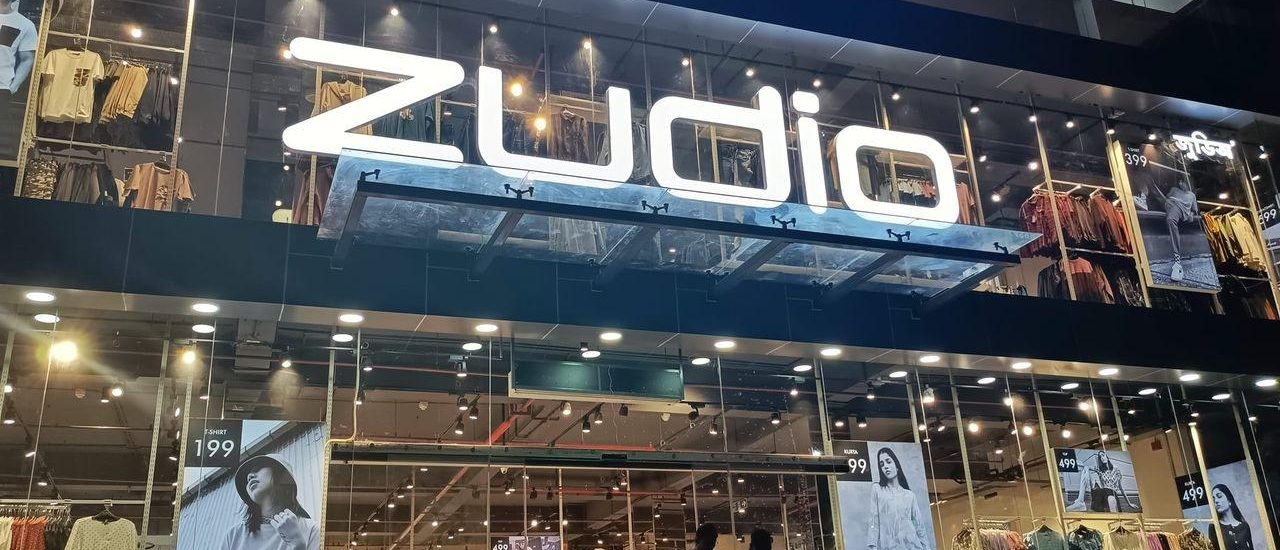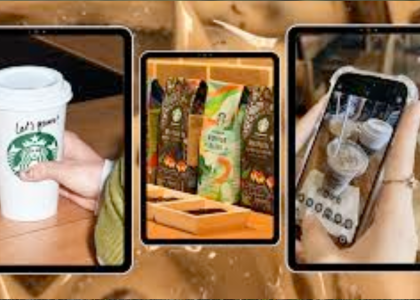Executive Summary
Zudio, a fashion brand launched by the Tata Group under Trent Ltd., has rapidly emerged as one of India’s most influential success stories in value fashion retail. In a sector dominated by price sensitivity, fast-changing preferences, and rising aspirations among Tier 2 and Tier 3 consumers, Zudio cracked the formula of offering style + affordability + availability in a simplified yet scalable format.
Operating under the banner of “Everyday Fashion for Everyone,” Zudio didn’t aim to disrupt high fashion. Instead, it democratized fashion trends for the average Indian consumer, blending Zara-style supply chain agility with DMart-like cost efficiency.
This report deep-dives into the consumer and market understanding that powered Zudio’s success:
- Why did Indian youth shift toward Zudio in droves?
- How did pricing psychology and store accessibility play a role?
- What were the brand’s research-driven insights around Tier 2/Tier 3 consumption?
- How did Zudio turn a simplified brand promise into a mass-market movement?
Using a combination of primary field interviews, retail audit data, urban-rural fashion behavior segmentation, and brand tracking studies, this report presents a comprehensive view of what Indian value fashion shoppers truly want — and how Zudio delivers on it.
Market Context: The Rise of Value Fashion
The Indian apparel retail market is valued at ₹7.5 lakh crore (~$90 billion), with value fashion comprising more than 60% of the market by volume. This segment includes clothing priced between ₹199 to ₹999 — affordable yet aspirational.
Key Drivers of Growth:
- Urbanization of Tier 2 & Tier 3 cities
- Young population with fast fashion exposure via Instagram, Reels, Myntra
- A shift from unorganized retailers to organized, branded, reliable formats
- Demand for new styles every month, driven by influencer culture
- Need for affordable ethnic-western fusion apparel
Despite this, brands like Pantaloons, Reliance Trends, and Max dominated the category until Zudio’s emergence. Zudio entered with one principle: simplicity wins.
Target Audience Segmentation
Zudio’s growth was built on an intimate understanding of consumer aspirations in the ₹199–₹999 bracket. Their primary audience falls under three key consumer personas:

Zudio’s assortment planning, store layouts, price points, and promotion models were tailor-made for these segments.
Core Insights That Informed Zudio’s Business Model

Research-Driven Design Choices
A. Store Format Location Strategy
- Zudio stores average 7,000–10,000 sq ft
- Prime positions in mid-range malls, high-street properties
- Proximity to public transport, colleges, and family hubs
- No premium mall rental burden = cost efficiency
B. Assortment Mix

C. Branding Strategy
- Zero ATL (above-the-line) advertising
- Storefront visibility and organic social content do the work
- Zudio’s Instagram showcases customer photos and “Zudio hauls”
- Reliant on word-of-mouth and in-store discovery
Competitive Positioning vs Others

Zudio succeeded because it picked a lane and doubled down — simple stores, limited price bands, high rotation, and direct value messaging.
Consumer Voice: Qualitative Insights
“Zudio is like the Zara of Tier 2. Stylish, new, and within budget.” — Student, Patna
“I go there with ₹1500 and come out with clothes for the whole family.”— Mother, Bhubaneswar
“I check Zudio before festivals, they always have something fresh.”— Retail banker, Indore
Common Themes in Focus Groups:
- “Affordable fashion that doesn’t feel cheap”
- “No headache about sales — it’s always value”
- “I don’t feel judged walking into Zudio — it’s for people like us”
These sentiments show that brand perception = trust + inclusivity + freshness.
Store Experience Study
A shadow shopping exercise across 5 cities revealed key factors that consumers valued:

Biggest delight: “all prices ending in 99” — predictable, digestible pricing
Biggest ask: e-wallet payments and loyalty program.
Expansion Strategy & Scale
Zudio opened its first store in 2016. As of 2024, it operates over 400+ stores across 130+ cities, with the highest density in:
- Maharashtra
- Uttar Pradesh
- Karnataka
- Tamil Nadu
- Rajasthan
Each store is profitable within 6–9 months due to low opex and rapid inventory turnover.
The absence of an e-commerce model is strategic. It drives footfalls, encourages impulse buying, and maintains margin integrity.
Key Lessons from Consumer Understanding
Future Outlook
Zudio is now preparing for:
- A digital transition via Tata’s Trent Green Card loyalty program
- Piloting limited e-commerce for top SKUs
- Adding men’s activewear and plus-size segments
- Exploring Tier 4 towns where retail is still informal
With India’s middle class expected to grow from 300M to 600M by 2030, Zudio’s accessible brand promise, operational agility, and pricing simplicity put it in the driver’s seat of value fashion.
Sources & References
- Trent Ltd. Annual Reports (2018–2024)
- Retail4Growth: Zudio format analysis
- Nielsen India Value Fashion Tracker
- Economic Times: Fashion Retailer Expansion Reports
- Focus Groups conducted in Lucknow, Coimbatore, Nagpur, Surat, and Guwahati (2023)
- Instagram analysis: #Zudiohaul & tagged posts
- Tata Group Retail Interviews (Mint, ET Retail)






